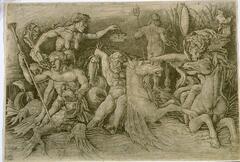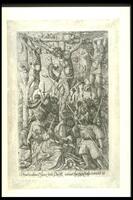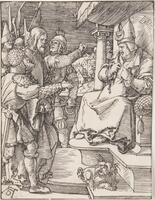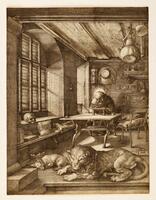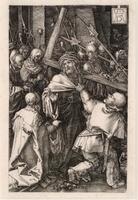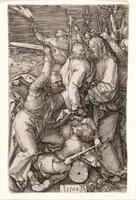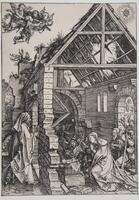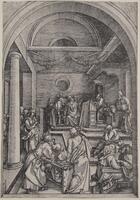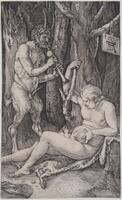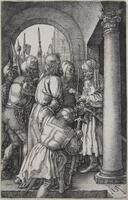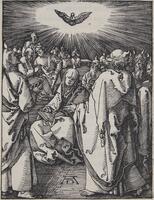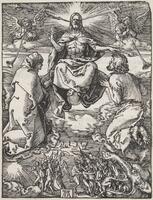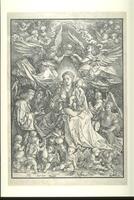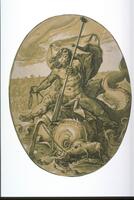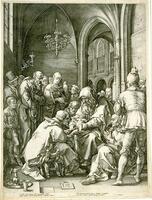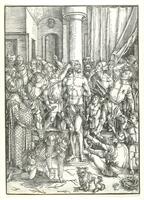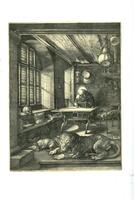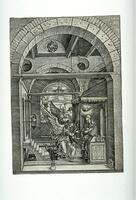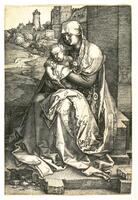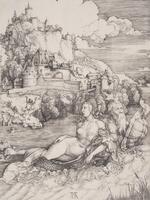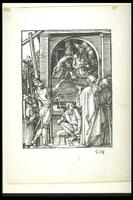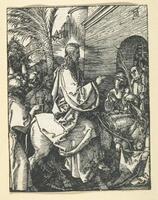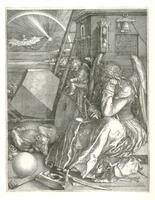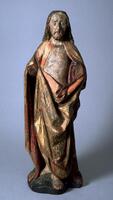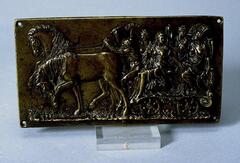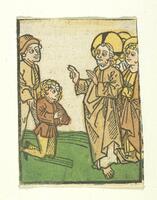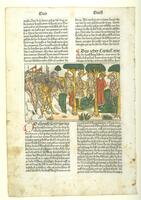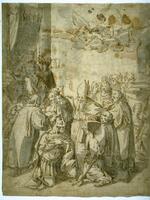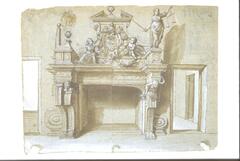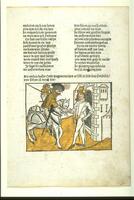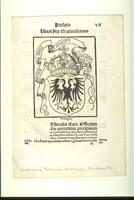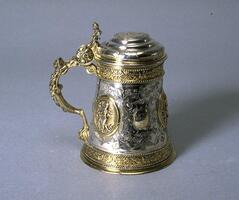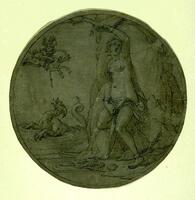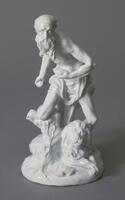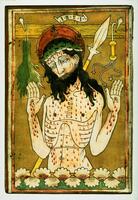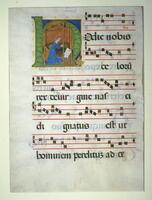54 Items in this Learning Collection
Collection Object
Collection Object
Collection Object
Collection Object
Collection Object
Collection Object
Collection Object
Collection Object
Collection Object
Collection Object
Collection Object
Collection Object
Collection Object
Collection Object
Collection Object
Collection Object
Collection Object
Collection Object
Collection Object
Collection Object
Collection Object
Collection Object
Collection Object
Collection Object
Collection Object
Collection Object
Collection Object
Collection Object
Collection Object
Collection Object
Collection Object
Collection Object
Collection Object
Collection Object
Collection Object
Collection Object
Collection Object
Collection Object
Collection Object
Collection Object
Collection Object
Collection Object
Copyright
All Rights Reserved
()
The Peasant and His Wife at Market
Accession Number
2005/2.16
Title
The Peasant and His Wife at Market
Artist(s)
Albrecht Dürer
Object Creation Date
1519
Medium & Support
engraving on laid paper
Dimensions
4 9/16 in x 2 7/8 in (11.59 cm x 7.3 cm)
Credit Line
Bequest of the Estate of David Caldwell Leedy
Label copy
The Peasant and
His Wife at Market
1519
Engraving
Bequest of the Estate of
David Caldwell Leedy, 2005/2.16
While Durer is perhaps best known for works like Melancolia and St. Jerome in his Study (1513–14), he also produced comic prints. The Cook and His Wife illustrates a tale from a popular collection of parables, Der Ritter von Turn (The Book of the Knight of the Tower, 1493). In this story of deception and discovery a cook is keeping en eel to make for himself but his wife eats it first, persuading him it was stolen by an otter until a magpie reveals her lie. Dürer’s interpretation focuses on the moment of realization: the cook, bursting out of his clothes, listens in disbelief to the magpie perched upon his shoulder while his guilty wife looks out to the viewer. The monumental figures stand in an almost empty space, which focuses attention on the narrative details.
In The Peasant and His Wife at Market from several decades later, Dürer depicts a scene of everyday life in which a woman holds a rooster by its feet while a man clutches his moneybag; before them is a jug and a basket filled with eggs. A dark stone wall compresses the composition and creates a densely detailed surface in which the figures’ facial features are the only clearly articulated areas.
These two prints (and the one adjacent) are engravings, an intaglio process in which a design is incised into a copper plate using a special tool called a burin. Ink is then applied to the plate and wiped off, remaining only in the grooves, into which paper is forced by a press to create a print in reverse. Engraving requires a highly skilled and controlled hand and can produce refined lines and nuanced shading.
(Gallery Rotations Fall 2012)
Subject matter
Dürer creates a wonderful caracter study of these two peasants selling their goods at market.
Physical Description
A couple stand in a very dense and congested space, a broken wall behind them. The woman on the left holds a rooster by the feet and is looking at her husband, on the right, who has his hand extended and his holding a money bagin is left hand. At their feet is a stoppered jar and a basket full of eggs.
Primary Object Classification
Print
Primary Object Type
intaglio print
Rights
If you are interested in using an image for a publication, please visit http://umma.umich.edu/request-image for more information and to fill out the online Image Rights and Reproductions Request Form.
Keywords
basket
boots
eggs
man
roosters
woman
2005/2.16
Title
The Peasant and His Wife at Market
Artist(s)
Albrecht Dürer
Object Creation Date
1519
Medium & Support
engraving on laid paper
Dimensions
4 9/16 in x 2 7/8 in (11.59 cm x 7.3 cm)
Credit Line
Bequest of the Estate of David Caldwell Leedy
Label copy
The Peasant and
His Wife at Market
1519
Engraving
Bequest of the Estate of
David Caldwell Leedy, 2005/2.16
While Durer is perhaps best known for works like Melancolia and St. Jerome in his Study (1513–14), he also produced comic prints. The Cook and His Wife illustrates a tale from a popular collection of parables, Der Ritter von Turn (The Book of the Knight of the Tower, 1493). In this story of deception and discovery a cook is keeping en eel to make for himself but his wife eats it first, persuading him it was stolen by an otter until a magpie reveals her lie. Dürer’s interpretation focuses on the moment of realization: the cook, bursting out of his clothes, listens in disbelief to the magpie perched upon his shoulder while his guilty wife looks out to the viewer. The monumental figures stand in an almost empty space, which focuses attention on the narrative details.
In The Peasant and His Wife at Market from several decades later, Dürer depicts a scene of everyday life in which a woman holds a rooster by its feet while a man clutches his moneybag; before them is a jug and a basket filled with eggs. A dark stone wall compresses the composition and creates a densely detailed surface in which the figures’ facial features are the only clearly articulated areas.
These two prints (and the one adjacent) are engravings, an intaglio process in which a design is incised into a copper plate using a special tool called a burin. Ink is then applied to the plate and wiped off, remaining only in the grooves, into which paper is forced by a press to create a print in reverse. Engraving requires a highly skilled and controlled hand and can produce refined lines and nuanced shading.
(Gallery Rotations Fall 2012)
Subject matter
Dürer creates a wonderful caracter study of these two peasants selling their goods at market.
Physical Description
A couple stand in a very dense and congested space, a broken wall behind them. The woman on the left holds a rooster by the feet and is looking at her husband, on the right, who has his hand extended and his holding a money bagin is left hand. At their feet is a stoppered jar and a basket full of eggs.
Primary Object Classification
Primary Object Type
intaglio print
Rights
If you are interested in using an image for a publication, please visit http://umma.umich.edu/request-image for more information and to fill out the online Image Rights and Reproductions Request Form.
Keywords
basket
boots
eggs
man
roosters
woman
